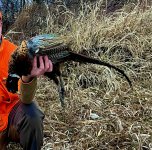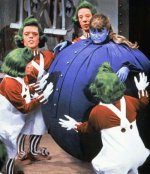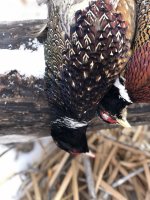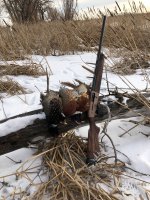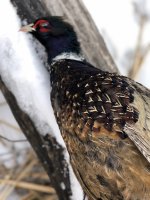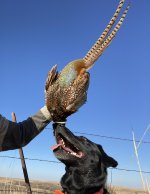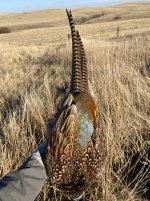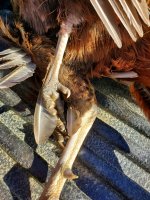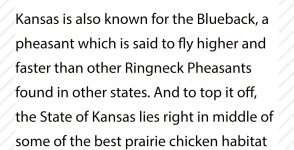Bob Peters
Well-known member
I've never read about it in a book, and I've read most every book on pheasant hunting. But I have heard it talked and written about online. These Video guys will say, "look at this Kansas Blue Back, the prettiest pheasant around." Is the blue back rooster a special variant or subspecies of the standard ring neck rooster? Why do they only grow in Kansas, or is that where they are most prevalent? Maybe something to do with the feed they find down there or the special gravel they use on the roads? This one really has me thrown for a loop. Several years ago in Iowa, when I first started hunting, I got a bird in the final minutes of the day. He had a beautiful powder blue patch of feathers on his back. This was 255 miles from Kansas straight line distance. Do you think he migrated that far because instinct told him that northern Iowa corn tasted better than his native Kansas wheat? Any insight appreciated, I just can't figure this one out.

